Season & Harvest Notes 2012 posted by James
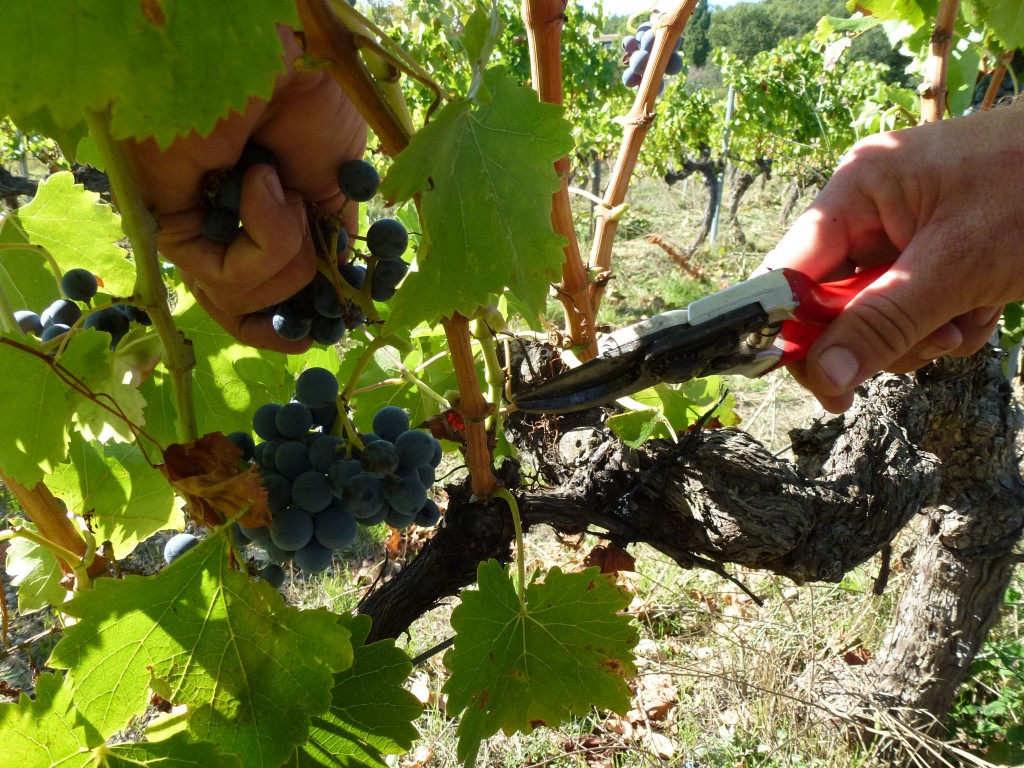
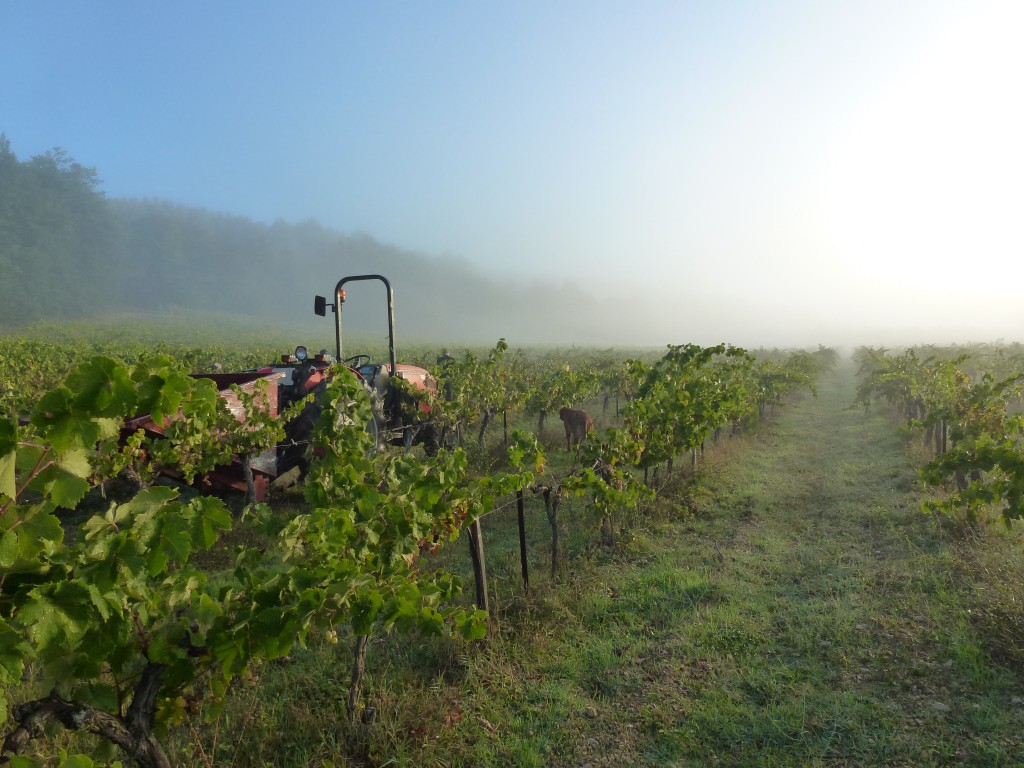

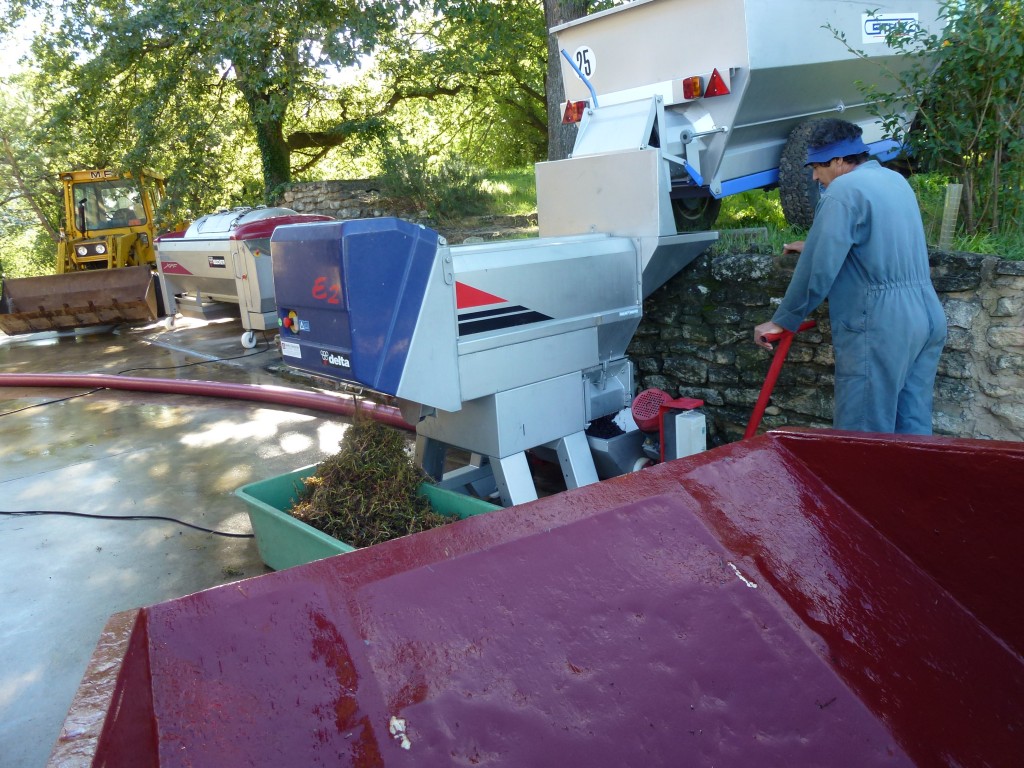
A wet week in September (66mm at Unang, we were far off the 250mm! in other places in the Rhone Valley) made the grapes a little plumper, but the yield remained below the norm (down around 15-20%) and so the 2012s have plenty concentration.
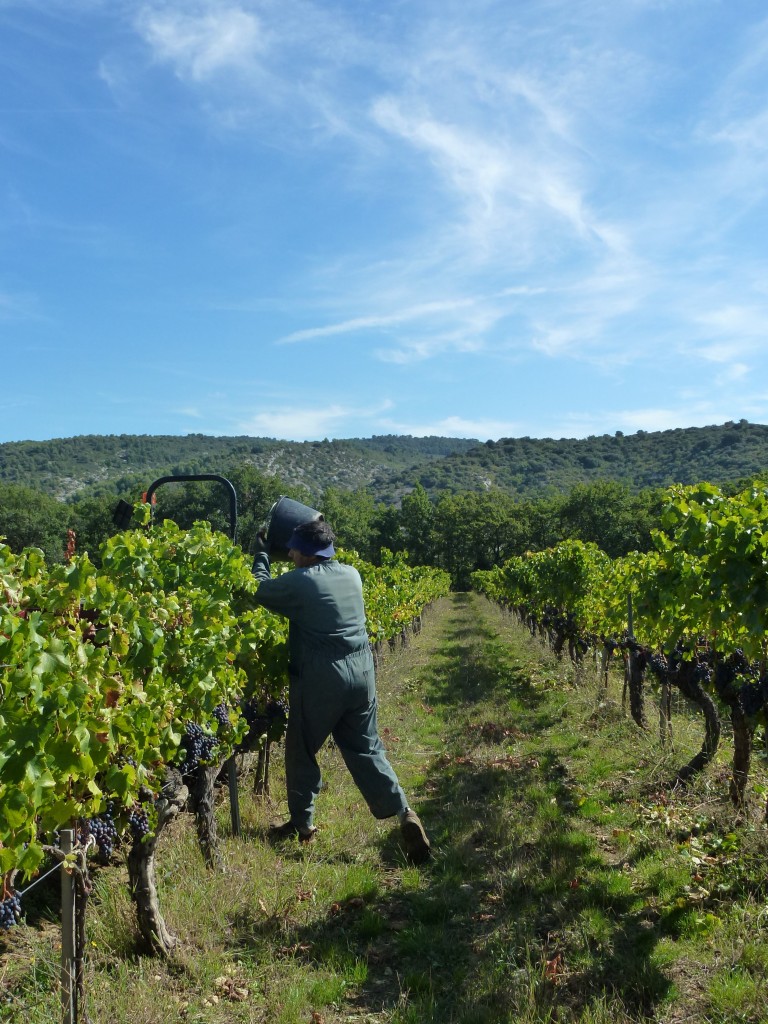
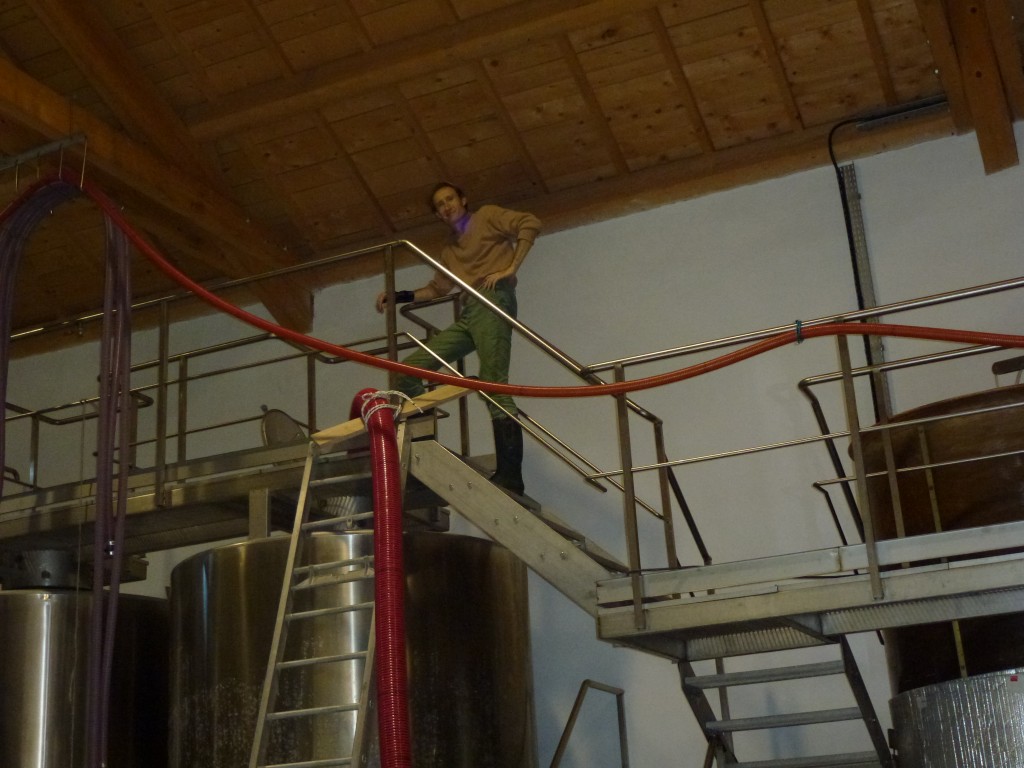
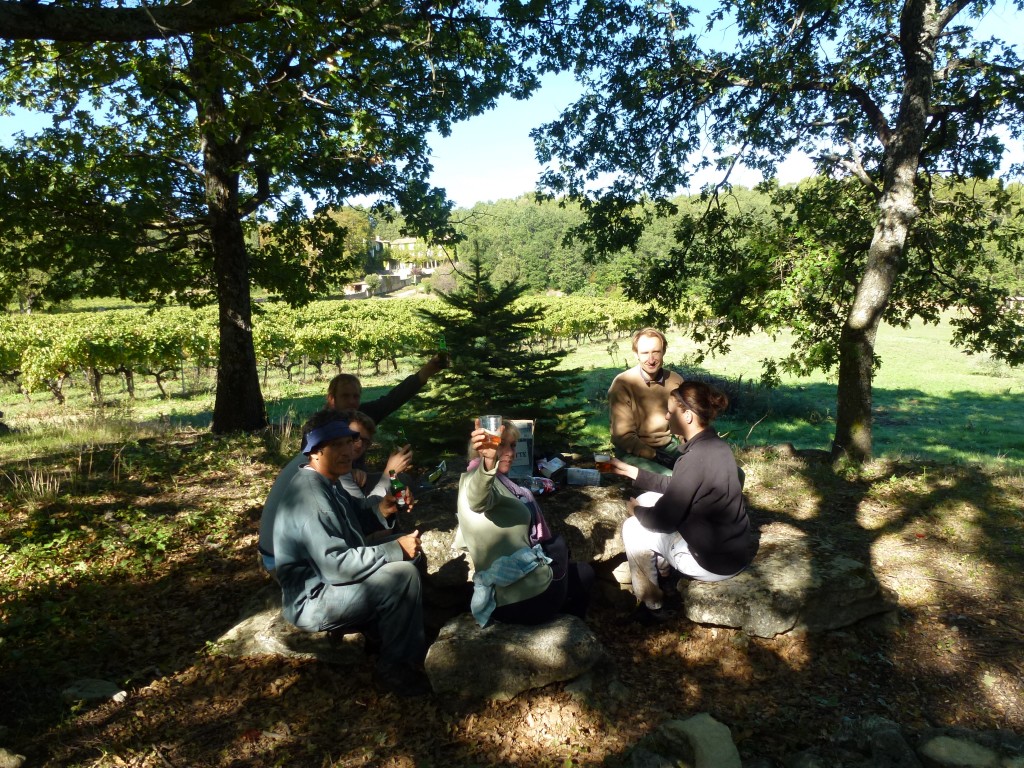
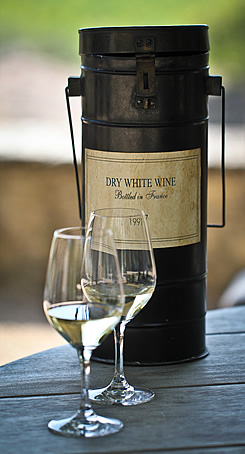
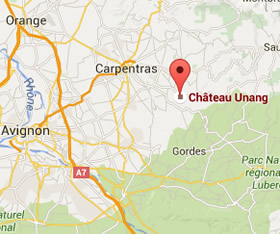
Speak Your Mind